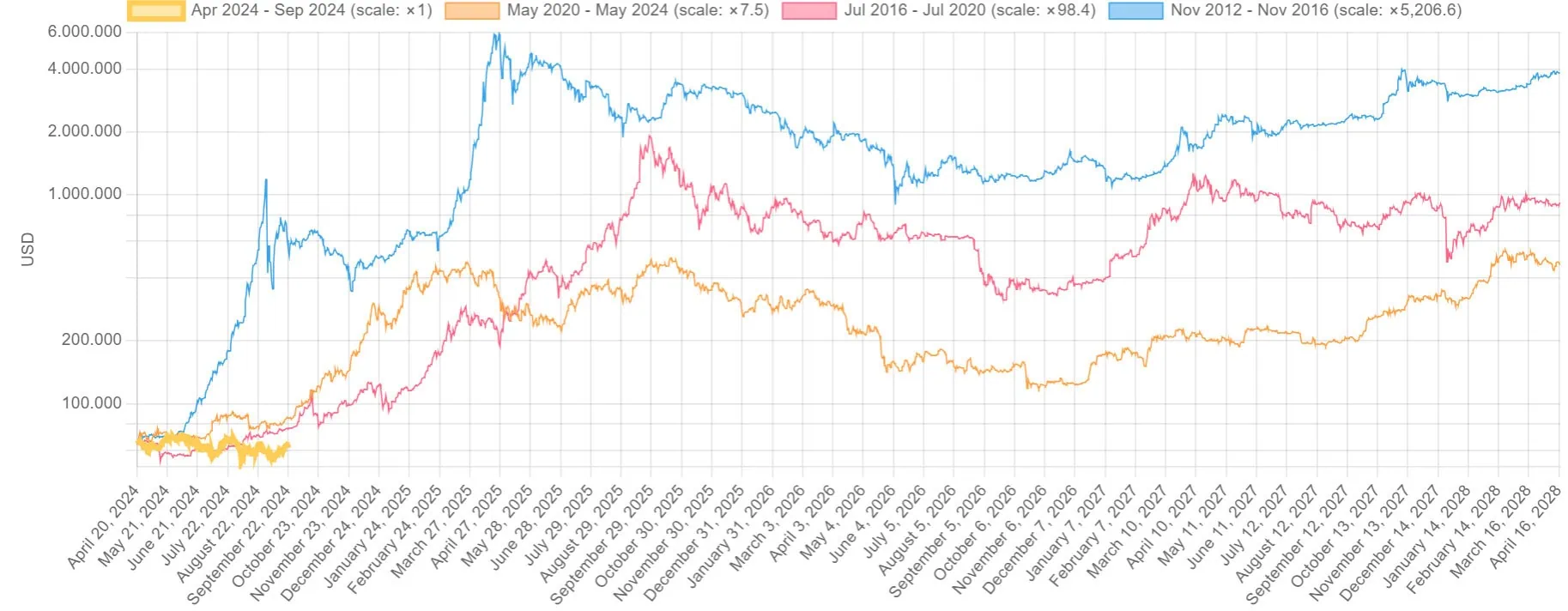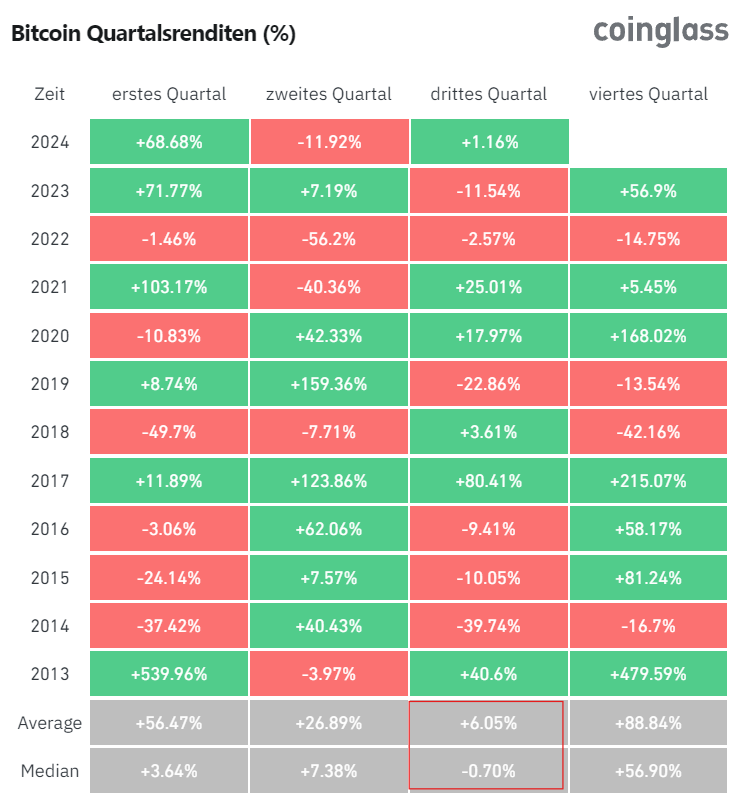News - When will Bitcoin's sideways trend end?
The Bitcoin exchange rate has been fluctuating for months, barely getting off the ground. Once the halving effect becomes noticeable, BTC may shoot up again.
However, halving can take a while to have a significant impact on the Bitcoin price. After the last halving, the cryptocurrency's price continued to move sideways for more than six months before there was a clear price increase. This makes sense: a decrease in supply growth is only felt over time. This also explains the behavior of BTC whales, as we analyzed in our new Bitcoin report.
On the first day after the halving, for example, 450 fewer BTC enter into circulation (instead of 900 BTC, only 450 BTC per day are added to the network). On day two, that's already 900 BTC less, and after 100 days the shortfall has reached 45,000 BTC. In other words, the long-term supply is slowly drying up.
It will take time for the market to find a new equilibrium price. Until then, stress factors, such as challenging conditions for miners, and market uncertainties continue to cause fluctuations. After the block subsidy halves, Bitcoin usually enters a temporary correction, as is the case in this cycle.
But the wait seems almost over. In addition to the cyclical arguments, we also see many bullish signals below the blockchain's surface. Find out why there are good reasons for a long-term price rise in our latest Bitcoin report.








